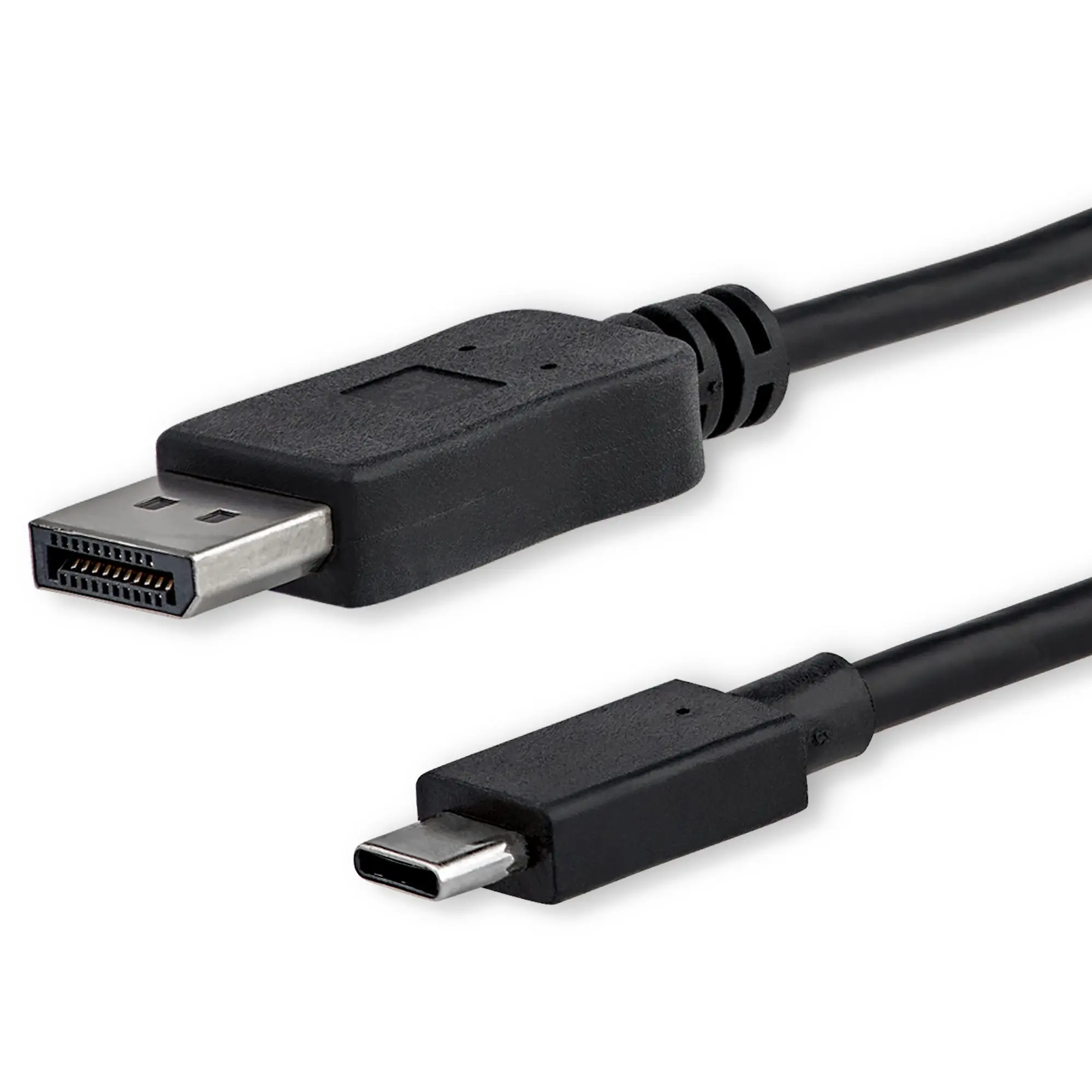How does a USB-C to DisplayPort to PS/2 adapter work?


USB-C to DisplayPort to PS/2 adapters are versatile devices that allow users to connect their USB-C enabled devices to displays and PS/2 peripherals. These adapters provide a convenient solution for individuals who need to connect their modern devices to older displays or peripherals that still use the PS/2 interface. In this article, we will explore how USB-C to DisplayPort to PS/2 adapters work, their functionality, compatibility, performance, and troubleshooting tips.
How does a USB-C to DisplayPort to PS/2 adapter work?
USB-C to DisplayPort to PS/2 adapters work by converting the USB-C signal to DisplayPort and then further converting it to PS/2. Let’s break down the process step by step:
1. USB-C to DisplayPort conversion: The USB-C port on the adapter receives the digital signal from the USB-C enabled device. The adapter then converts this signal to DisplayPort, which is a common video interface used in many displays. This conversion allows the user to connect their USB-C device to a display that only supports DisplayPort.
2. DisplayPort to PS/2 conversion: Once the signal is converted to DisplayPort, the adapter further converts it to PS/2. PS/2 is an older interface commonly used for connecting keyboards and mice to computers. This conversion enables users to connect their USB-C devices to PS/2 peripherals such as keyboards and mice.
3. Signal transmission: The adapter transmits the converted signal from the USB-C device to the display and PS/2 peripherals. This allows the user to interact with their USB-C device using the connected PS/2 peripherals and view the output on the display.
Functionality of USB-C to DisplayPort to PS/2 adapters
USB-C to DisplayPort to PS/2 adapters offer several functionalities that make them useful for various scenarios. Here are some key functionalities:
1. Display connectivity: These adapters enable users to connect their USB-C devices to displays that only support DisplayPort. This is particularly useful when using older displays that do not have USB-C ports.
2. PS/2 peripheral compatibility: The adapters allow users to connect their USB-C devices to PS/2 peripherals such as keyboards and mice. This is beneficial when using older peripherals that do not have USB-C compatibility.
3. Plug-and-play: USB-C to DisplayPort to PS/2 adapters are typically plug-and-play devices, meaning they do not require any additional software or drivers to function. Users can simply connect the adapter to their USB-C device, display, and PS/2 peripherals, and they are ready to use them.
Compatibility and performance considerations
When using USB-C to DisplayPort to PS/2 adapters, it is essential to consider compatibility and performance factors. Here are some key points to keep in mind:
1. USB-C compatibility: Ensure that the USB-C device you are using is compatible with the adapter. Most modern devices support USB-C, but it is always a good idea to check the specifications or consult the manufacturer.
2. Display compatibility: Verify that the display you are connecting to supports DisplayPort. Additionally, check if the display has any specific requirements or limitations for using adapters.
3. PS/2 peripheral compatibility: Confirm that the PS/2 peripherals you intend to connect are compatible with the adapter. Some older PS/2 peripherals may have specific requirements or limitations.
4. Performance limitations: USB-C to DisplayPort to PS/2 adapters may have limitations in terms of resolution and refresh rate. Ensure that the adapter supports the desired resolution and refresh rate for your display.
Troubleshooting tips
If you encounter any issues while using a USB-C to DisplayPort to PS/2 adapter, here are some troubleshooting tips:
1. Check connections: Ensure that all connections are secure and properly plugged in. Sometimes, loose connections can cause issues.
2. Restart devices: Try restarting your USB-C device, display, and PS/2 peripherals. This can help resolve any temporary software or hardware glitches.
3. Update drivers: If applicable, check for any driver updates for your USB-C device. Installing the latest drivers can sometimes resolve compatibility issues.
4. Test with different peripherals: If you are experiencing issues with specific PS/2 peripherals, try connecting different ones to see if the problem persists. This can help identify if the issue is with the adapter or the peripherals themselves.
5. Contact support: If all else fails, reach out to the manufacturer’s support for further assistance. They can provide specific troubleshooting steps or offer a replacement if the adapter is defective.
In conclusion, USB-C to DisplayPort to PS/2 adapters provide a convenient solution for connecting USB-C devices to displays and PS/2 peripherals. Understanding how these adapters work, their functionality, compatibility, performance considerations, and troubleshooting tips can help users make the most out of their USB-C devices in various scenarios.
Recent Posts
How do I create an engaging and informative online quiz or assessment?
Creating an engaging and informative online quiz or assessment can be a powerful tool for… Read More
What are the most effective methods for managing and reducing work-related stress in the hospitality industry?
Work-related stress is a common issue in the hospitality industry, where employees often face long… Read More
How can I improve my assertiveness and communication skills in a leadership position?
In a leadership position, assertiveness and effective communication skills are crucial for success. Being able… Read More
What are the key elements of a successful employee recognition and rewards program?
Employee recognition and rewards programs play a crucial role in motivating and engaging employees, as… Read More
How do I effectively manage and respond to customer feedback and reviews?
Customer feedback and online reviews play a crucial role in shaping a company's reputation and… Read More
What are the best strategies for effective time management as a stay-at-home parent?
Effective time management is crucial for stay-at-home parents who juggle multiple responsibilities on a daily… Read More